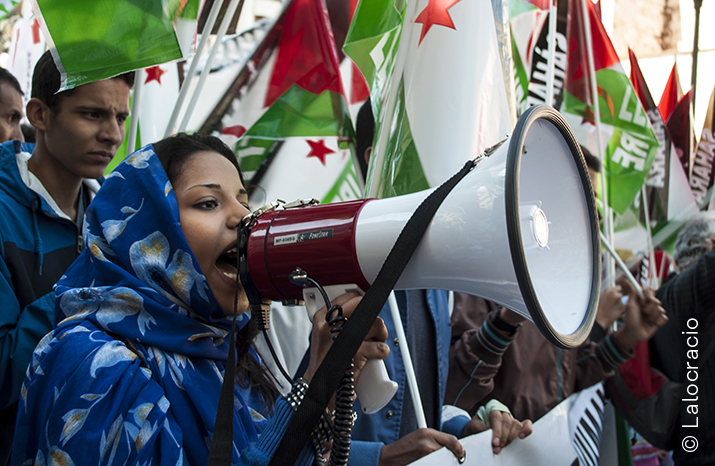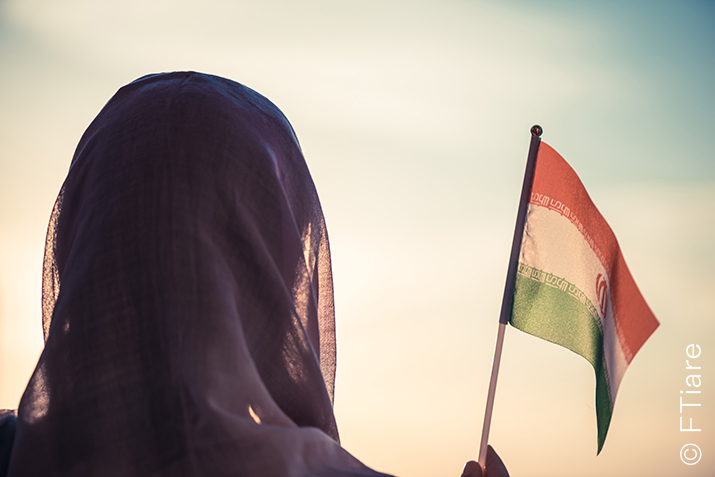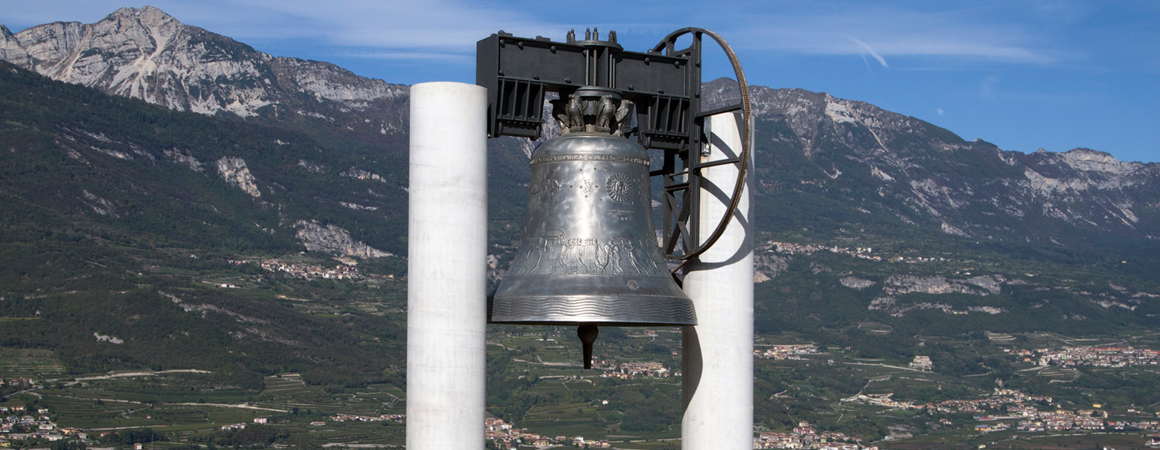SEMINAR AT THE BELL ON THE REVOLT IN IRAN
«Women and young people who are fighting alone, peacefully, to ask “only” for freedom». These few words were enough for Pejman Abdolmohammadi, associate professor at the University of Trento who is concerned with the history of the Middle East, to define the situation in Iran. The actual meaning behind the question seems to rest mainly on the word "only". There are countries where one cannot say or do what one wants, even when it causes no harm to others. To bring change «a great Renaissance movement» is needed, and this is what, according to the scholar, is underway in the Islamic Republic. The opportunity to develop the topic further came on February 3 on Colle di Miravalle where the Rovereto Peace Foundation organized a forum on the theme «"Woman, life and freedom". Analysis and testimonies of the protest for the affirmation of rights in Iran». Following an official introduction, Abdolmohammadi and the journalist Sara Hejazi, researcher at the Bruno Kessler Foundation, focused on a complex reality, which does not see a clash between two parties united among themselves, but rather proposes a series of facets difficult to understand from our geographical and cultural perspective.
On one point, however, they all agree: the protesters are mainly the millennials, young people born after 2000 who «are beaten, often arrested, sometimes tortured, in some cases killed during the demonstrations». These are things we will read in history books. Maybe we will call them heroes, they certainly remind us that freedom doesn't come for free. But what exactly do these young people want? To answer the question Abdolmohammadi starts from a demographic analysis. «We must keep in mind that 61 percent of the Iranian population, that is approximately 84 million people, is under the age of 25. And the leadership of the movement seeking change is largely located in this group. More generally, 75 percent of the country's inhabitants are under the age of 44, people who were born either in 1979, the year of the revolution, or after».
They basically know nothing else, and they have two main requests: respect for fundamental human rights, universal values that apply everywhere, and the separation between religion and politics, the secular state.
Abdolmohammadi goes on to highlight how the Islamic Republic has imposed codes of values on the entire population for 44 years. The obligation of the veil is one of these and it is what caused the spark that ignited the revolt. It all began with the killing of Mahsa Amini, the 22-year-old arrested by the morality police on September 13, 2022, in Tehran because her head wasn’t covered enough. Three days later she died from the beatings she received. Her peers did not accept the incident and railed against a law that forces all females over the age of 9 to wear the veil in public. Then the revolt spread, and the young people began to ask for more, in particular, the cultural pluralism guaranteed by Mohammad Reza Pahlavi, the last Shah of Persia who reigned over Iran from 16 September 1941 until the Islamic revolution of 11 February 1979. In fact, in the pre-revolutionary era, «women could choose whether to wear a miniskirt or a veil, whether to go to the disco or anywhere else», in short, they were free. This is why Abdolmohammadi defines this movement as an «Iranian renaissance», as «it is a question of reviving what already existed, not of inventing something new».
Sara Hejazi for her part initially focused on the title of the seminar which takes up the slogan used by the protesters: «Woman, life, freedom». Concepts, she said, which should be understood as a whole: «Woman generates the life that is then lived fighting for freedom». This is not a slogan invented in recent months but has a long history dating back to the feminist movement promoted by Abdullah Öcalan, a central figure in the Kurdish liberation movement who is serving a life sentence in a Turkish prison. The Iranian revolt is therefore part of a broader attempt to make gender relations more just.
Iran’s pluralist history spans thousands of years. Cyrus the Great comes to mind together with other kings who shared a very tolerant view. The last three hundred years however have been problematic in the relationship with the modern world and the veil has played a fundamental role as a symbol, also because it has been perceived by some as having no bearing on Persian authenticity. In fact, Iran is a "recent" country and not at all homogeneous, as it is full of ethnic and religious minorities. The relationship with the modern world has been problematic since the eighteenth century and then throughout the nineteenth century, when Europeans saw it as an irrational and backward place that was behind the times. «But the Iranians - highlighted Hejazi - did not think they were backwards just because women wore the veil».
However, the story is still more complex. There were times, such as in the 1930s, when the authorities actually warned women not to cover their heads. «At that time Iran was allied with Nazi Germany and therefore it was necessary to resemble the Germans as much as possible, also aesthetically, so they wore European clothes. For a part of the population, however, this represented a trauma and women began to look for ways to go out without feeling ashamed. They wore big hats or hid their shapes in their husbands' loose coats. In short, history has been full of peculiar attitudes, up to the pre-revolutionary moment, where in fact there was a certain cultural freedom».
The main theme of the 1979 revolution, continued the expert, was essentially political: «We did not want to be with the West, nor did we want to be with the communist East. The intent was to create a new ideological paradigm centred on an Islam that guarantees social justice». It is at this point that the veil underwent a transformation «becoming a totally new, purely political symbol». According to Hejazi, therefore, «it is a question of framing the phenomenon within an attempt to shift the boundaries of morality that has been going on for decades, probably since the war with Iraq ended. At a certain point, the new generations began to have a need for public visibility. Also, because there is a whole series of people and identities that do not coincide with the narrative that wants the public space to be "clean", "pure" and "moral" according to Islamic laws». The imposition of "moral" rules through repression leaves 84 million people living in a powder keg, but that does not mean that everyone thinks the same way. «One day last summer, before the current revolt - recalls the journalist - there was a demonstration against the veil and the next day another in favour. The real question is: what is the real identity of Iran? The answer is difficult, because if on the one hand there are young people fighting for freedom, on the other there are those who don't understand this movement».







